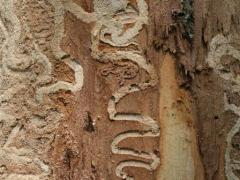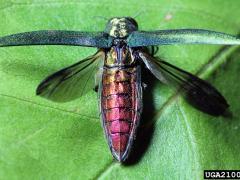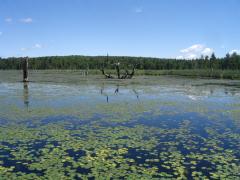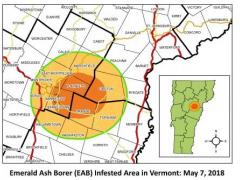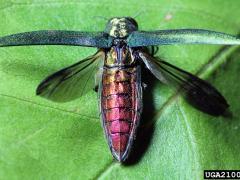N.H. Forests Are Global Hotspot For Destructive Non-Native Insects
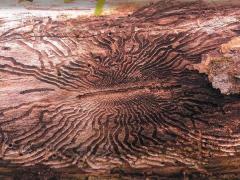
There are at least 50 species of non-native insects established in the state, including the Emerald Ash Borer, which has devastated the local ash tree population. Poised to join this list is another wood-boring bug, which could have a similar impact on more of New Hampshire’s trees: the Southern Pine Beetle.
